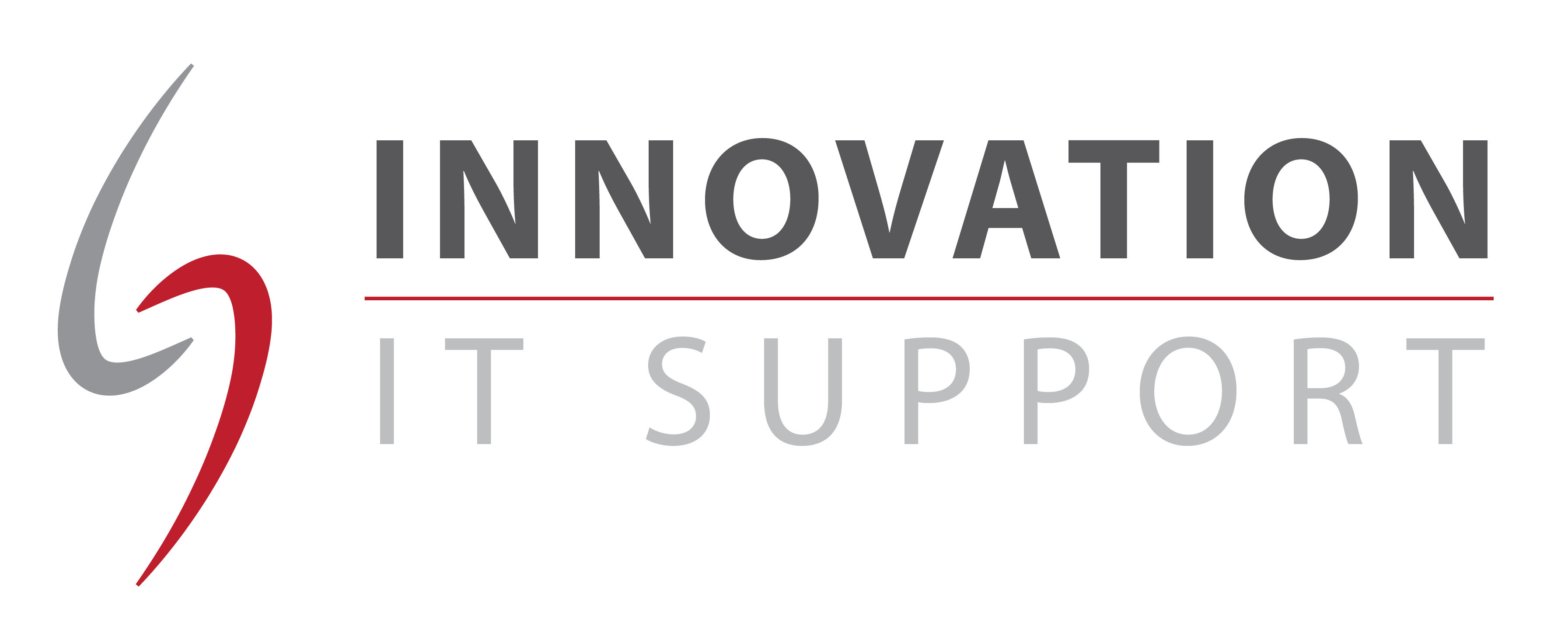 Cyber criminals have been attacking large corporate and government targets for many years but increasing numbers are now turning their attention to small and mid-sized enterprises. Unfortunately, many of them are vulnerable and unaware of the risks.
Cyber criminals have been attacking large corporate and government targets for many years but increasing numbers are now turning their attention to small and mid-sized enterprises. Unfortunately, many of them are vulnerable and unaware of the risks.
Faced with having much smaller security budgets, many SMEs tend to put their trust in point products from one or two vendors and leave it at that.
A range of threats
Today, there are a range of cyber security threats that can cause significant loss and disruption to business activity.
One example is ransomware. Suddenly key important company data cannot be accessed and does not appear as it seems. It’s often not until a message appears asking for money to obtain access to data that many people realise what’s happened. The attacks are almost always about extracting payments which can range from small amounts to many thousands of pounds.
Email is often the most popular attack that criminals use to target an SME with a ransomware attack. They use spam messages and email attachments that appear to have come from a legitimate source, such as an invoice or delivery note to trick the recipient into opening them. Once the attachment is open it executes the malicious code which then proceeds to encrypt data.
New variants of ransomware are appearing all the time and, interestingly, the amounts being demanded are rising. Many experts believe that it’s not a case of “if” a business will be hit by an attack but “when”.
Malvertising and adware are two other increasing threats for SMEs. In the past, these techniques have tended to be fairly benign, causing certain advertisements to be displayed more often and thereby increasing click-through rates.
Now, however, adware developers are adding more functionality to their code so they are able to deliver payloads to the devices of victims. These could be in the form of malicious code that encrypts data or scans a network for data suitable for theft.
A strategy for 2018
Here is list of ways that SME’s can improve their security:
- Backup – Having a good backup in place is one of the best ways to protect company data against ransomware. This needs to be removed from the computer system after the backup has taken place to prevent it from also being damaged.
- Password Policy – A secure password policy needs to be put in place, with strong passwords that contain symbols, upper and lower-case letters. These passwords also need to be set to change regularly.
- Educate Users – Users need to be aware to delete anything that looks suspicious. If in doubt just delete the email.
- More Secure Remote Access – Remote access to your work computer from home can leave companies open to attack. These ideally need to be behind a secure VPN Firewall to increase protection.
- Good Quality Antivirus – Free Antivirus is no longer adequate, a good quality commercial Anti-Virus product needs to be put in place.

